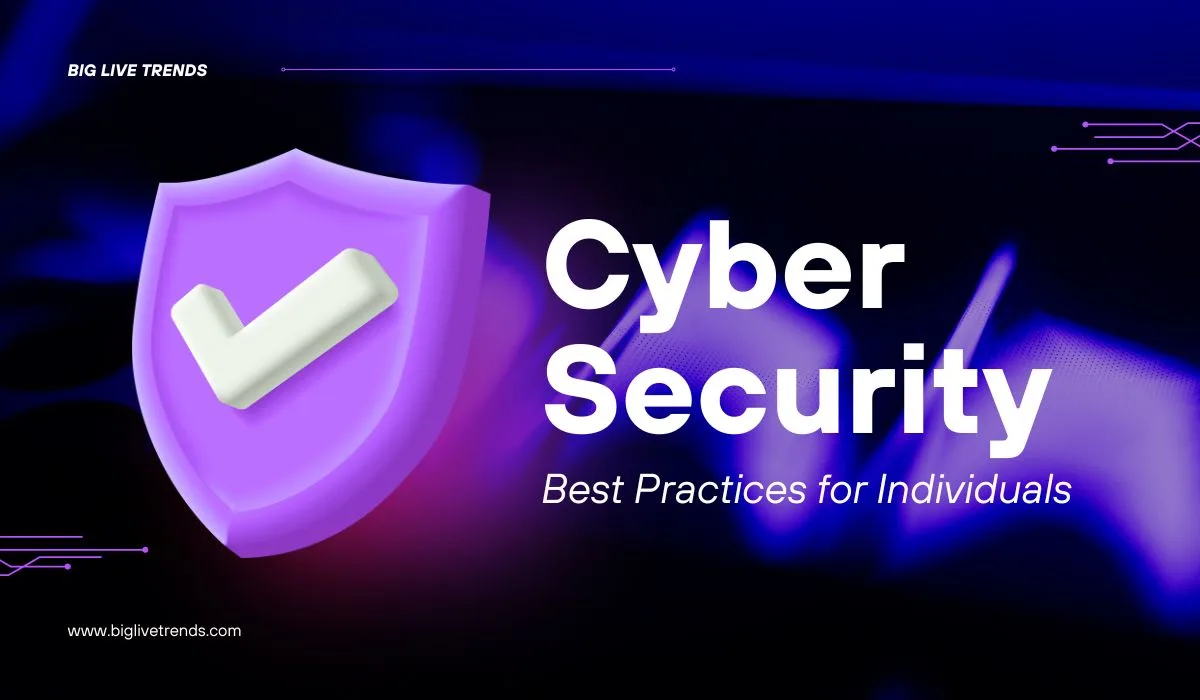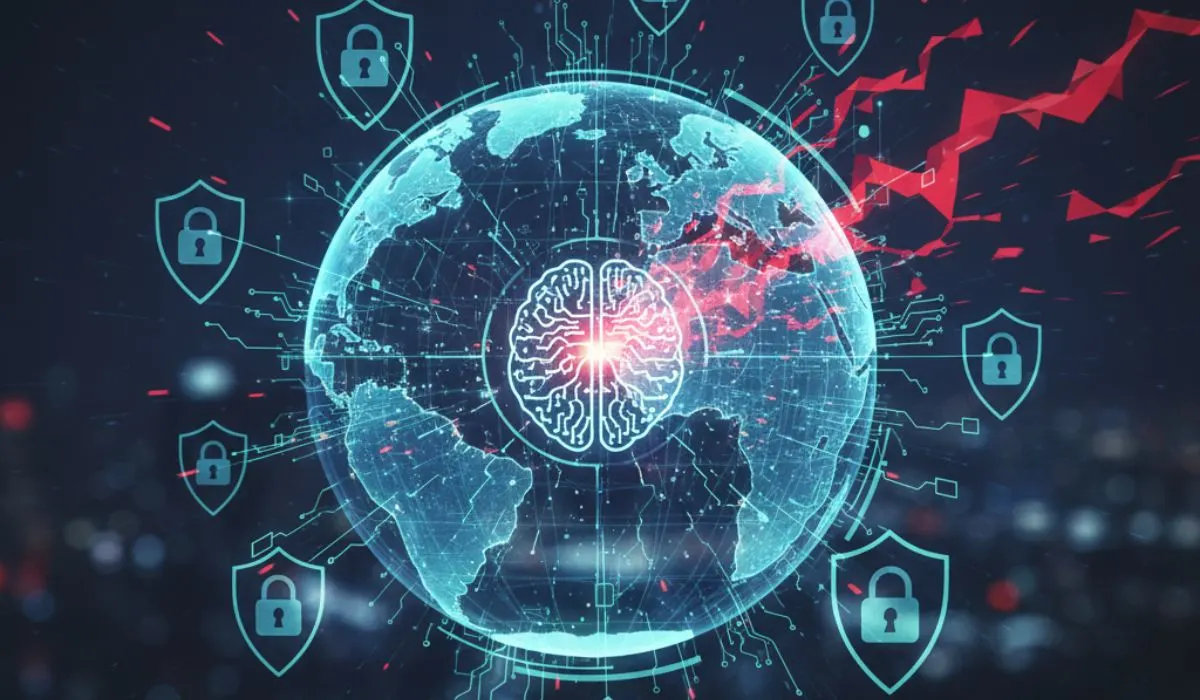
In today's hyper-connected computerized scene, your organization is the spine of your trade. It encourages communication, powers operations, and stores basic information. In any case, this dependence also makes it a prime target for noxious performers. The question is no longer if you will confront a cyber risk, but when. This reality shows that strong cybersecurity solutions for network security are not just an IT need. They are essential for business success.
This guide will walk you through the key parts of an advanced security technique. We will look at key advancements, better protective measures, and important strategies. Together, they create a strong digital defense system.
Understanding the cutting-edge danger landscape
Before diving into the plans, it's crucial to know what you're protecting against. The dangers of arranging security are different and always advancing. Key dangers include:
- Malware and Ransomware: These harmful programs are designed to disrupt or damage systems. Ransomware locks data and demands payment for its release.
- Phishing and Social Engineering: These clever attacks trick employees into revealing sensitive information or allowing network access.
- Advanced Persistent Threats (APTs): These are long-term attacks. An intruder enters a network and remains hidden for an extended period.
- Insider Dangers: Dangers arising from inside the organization, whether pernicious or accidental.
- DDoS Assaults: Denial-of-Service attacks that flood network resources, blocking access for genuine users.
- Zero-Day Misuses: Assaults that target already-obscure vulnerabilities in programs or hardware.
A strong cybersecurity stance needs a multi-layered defense. This approach helps tackle new threats effectively.
Foundational Cybersecurity Solutions for Network Security
Every solid security system is built on a set of central components. These are the non-negotiable components of any comprehensive security strategy.
1. Next-Generation Firewalls (NGFWs)
Gone are the days of basic, port-blocking firewalls. A Next-Generation Firewall (NGFW) acts as a shrewd watchman for your arranged activity. It doesn't just review IP addresses and ports. It uses deep packet inspection (DPI) to look closely at the actual content of the data moving through it. It can detect advanced threats and manage apps like social media and file-sharing. Also, it enforces security policies based on user identity, not just device location.
2. Interruption Location and Avoidance Frameworks (IDS/IPS)
Think of IDS and IPS as your 24/7 security watch. An Intrusion Detection System (IDS) screens for suspicious activity and policy violations. It sends alerts when it detects something unusual. An Intrusion Prevention System (IPS) helps block or drop harmful packets in real time. Preventing risks is key to stopping attacks before they can do harm.
3. Secure Your Endpoints: Endpoint Discovery and Response (EDR)
With remote work on the rise, the edge now includes every employee's phone, tablet, and laptop. Endpoint security is hence a basic component of network security administrations. EDR setups keep a constant watch on devices. They track and react to advanced threats. They move beyond traditional antivirus. They use behavior analysis to find suspicious activities. This helps them assess threats and make quick fixes.
Advanced Procedures for a Strong Network
Foundational tools are easy to use. Yet, advanced threats need more complex cybersecurity solutions for network security.
4. The Zero-Belief Security Model
The conventional "castle-and-moat" approach—trusting everything inside the network—is out of date. The Zero Trust model works on a straightforward rule: "Never believe, continuously confirm." This design requires strict identity checks for everyone and every device. This applies to those inside the corporate walls and those connecting remotely. Executing Zero Trust includes micro-segmentation, dividing the organization into smaller, secure zones. It also uses strong multi-factor authentication (MFA). This greatly reduces the attack surface.
5. Organize Get to Control (NAC)
Who and what is in your organization? Organize Get to Control (NAC) arrangements reply to this address. NAC ensures security by allowing only compliant, verified devices to access network resources. If a gadget is missing updated antivirus definitions or security patches, the NAC framework will isolate it. This way, it prevents vulnerable endpoints from becoming entry points for attackers.
6. Information Misfortune Avoidance (DLP)
Sometimes, the greatest danger is information clearing out of your organization. DLP tools help stop sensitive data from being lost or stolen. This includes things like intellectual property, financial info, and customer records. DLP arrangements show and control information during movement (over the network), at rest (in storage), and in use (on endpoints). This helps ensure compliance with rules like GDPR and HIPAA.
7. Security Data and Occasion Administration (SIEM)
With so many security apparatuses creating logs and alarms, how do you make sense of it all? A SIEM framework is the central apprehensive framework of your security operations. It collects and connects log data from firewalls, IDS/IPS, endpoints, and more in your IT setup. A SIEM can analyze information in real time. This helps it spot complex attack patterns that people might overlook. This helps your security team respond to incidents faster and more effectively.
Building a Human Firewall: The Part of Security Awareness
Even the best security plans can fail due to human error. A phishing email can fool a worker into clicking a harmful link. This can bypass millions in security measures. Subsequently, progressing security mindfulness is a basic component of your defense. Training workers to spot phishing attempts, use strong passwords, and manage data safely creates a "human firewall." This greatly enhances your overall security.
Choosing the Right Approach: In-House vs. Overseen Services
Managing "cybersecurity solutions for network security" requires important skills and resources. Many small and medium organizations seek help from Managed Security Service Providers (MSSPs) for security. An MSSP provides round-the-clock monitoring and threat detection. They also manage your security system. This provides enterprise-grade security without needing a large in-house team.
Conclusion: Continuous Travel, Not a Destination
Network security is not a one-time venture you can total and disregard. It is a persistent cycle of evaluation, usage, observation, and change. The danger scene will continue to advance, and so must your defenses.
Layer foundational tools like NGFWs and IPS with advanced methods such as Zero Trust and EDR. Also, build a strong culture of security awareness. Together, these steps create a robust and flexible defense. Choosing the right cybersecurity solutions for your network is vital. It impacts your business's growth, reputation, and future success. Begin bracing your computerized edge today.





